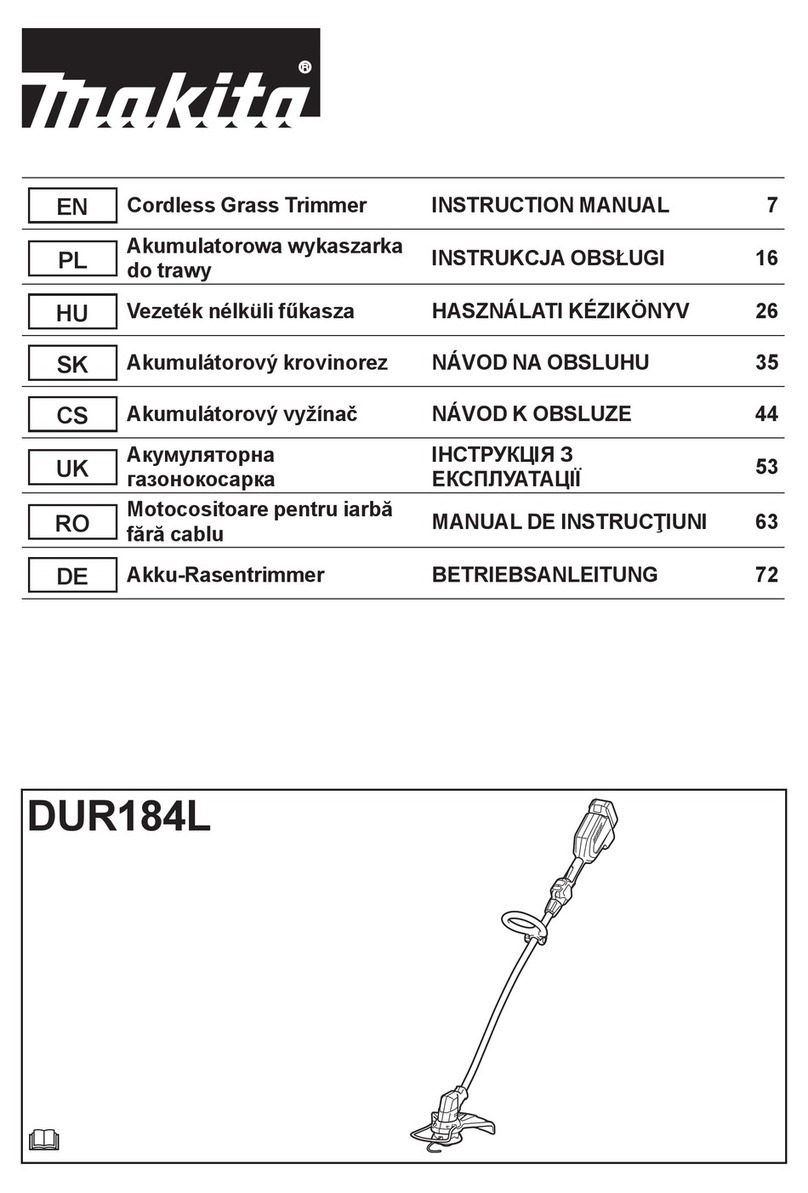Makita DUR369A User manual
Other Makita Trimmer manuals

Makita
Makita DUH481 User manual

Makita
Makita UH200D User manual

Makita
Makita UH5570 User manual
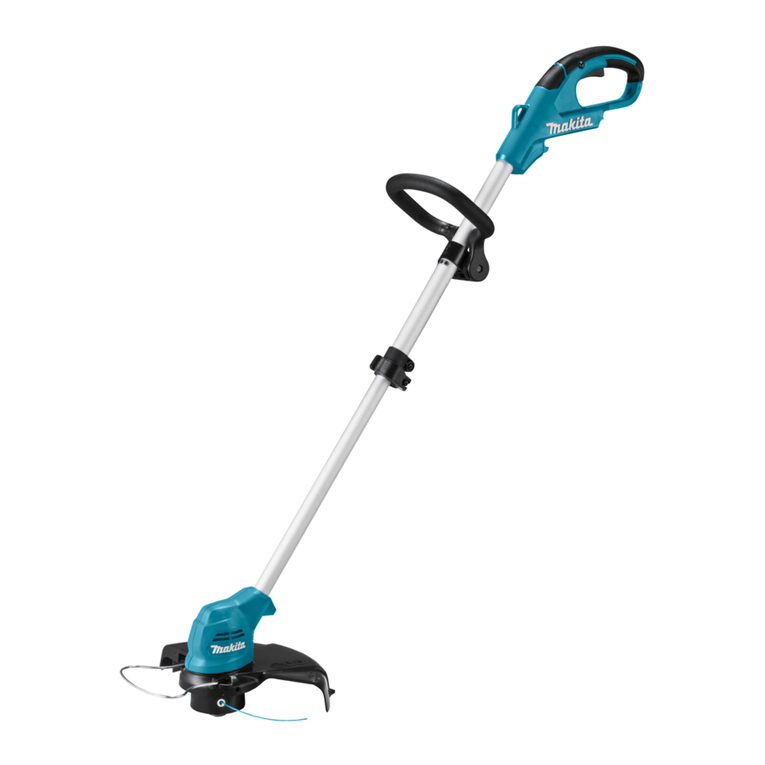
Makita
Makita UR100D User manual

Makita
Makita DUN461W User manual

Makita
Makita MUH355 User manual

Makita
Makita DUH506 User manual

Makita
Makita DUR369A User manual
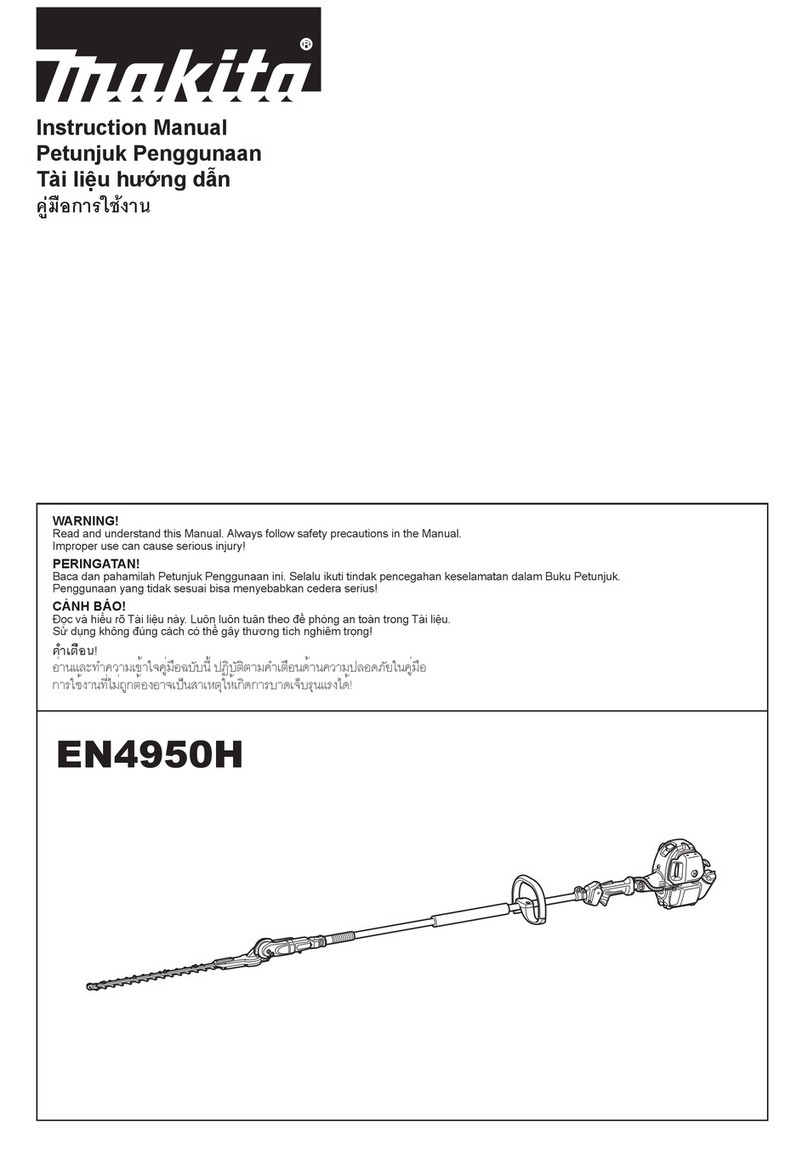
Makita
Makita EN4950H User manual
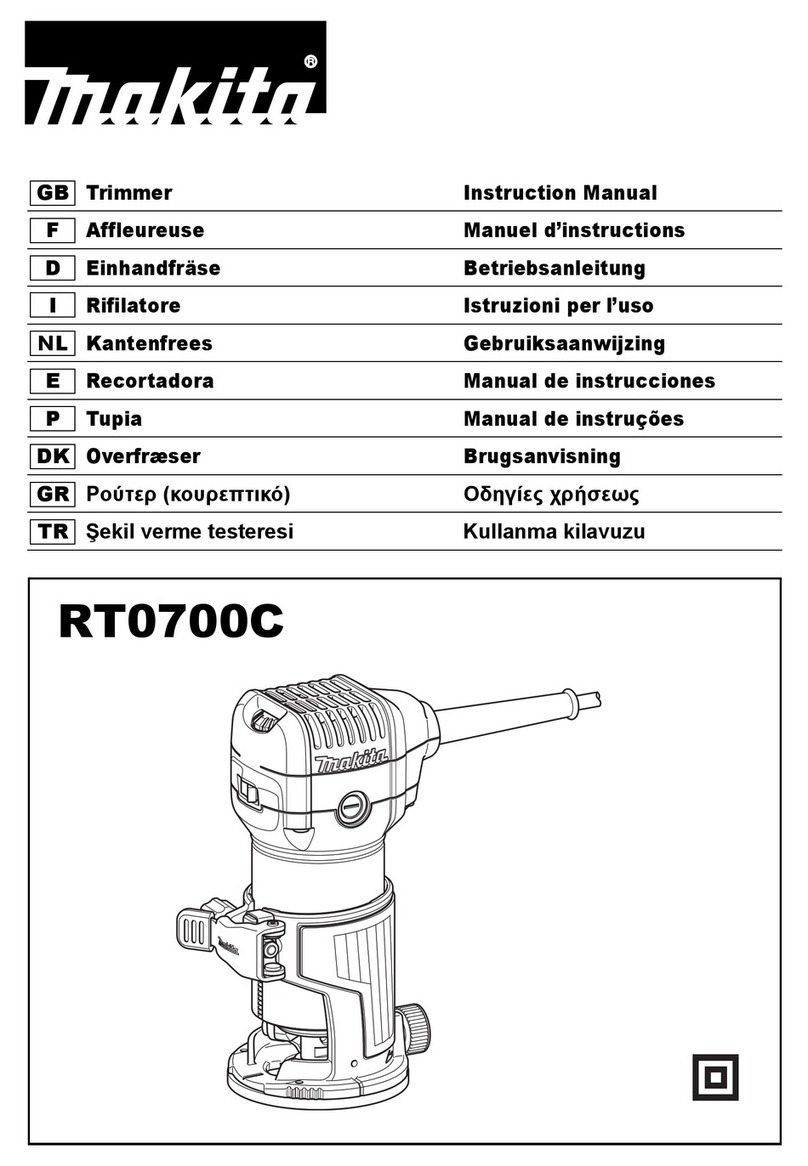
Makita
Makita rt0700c User manual

Makita
Makita EH6000S User manual

Makita
Makita DUM604 User manual
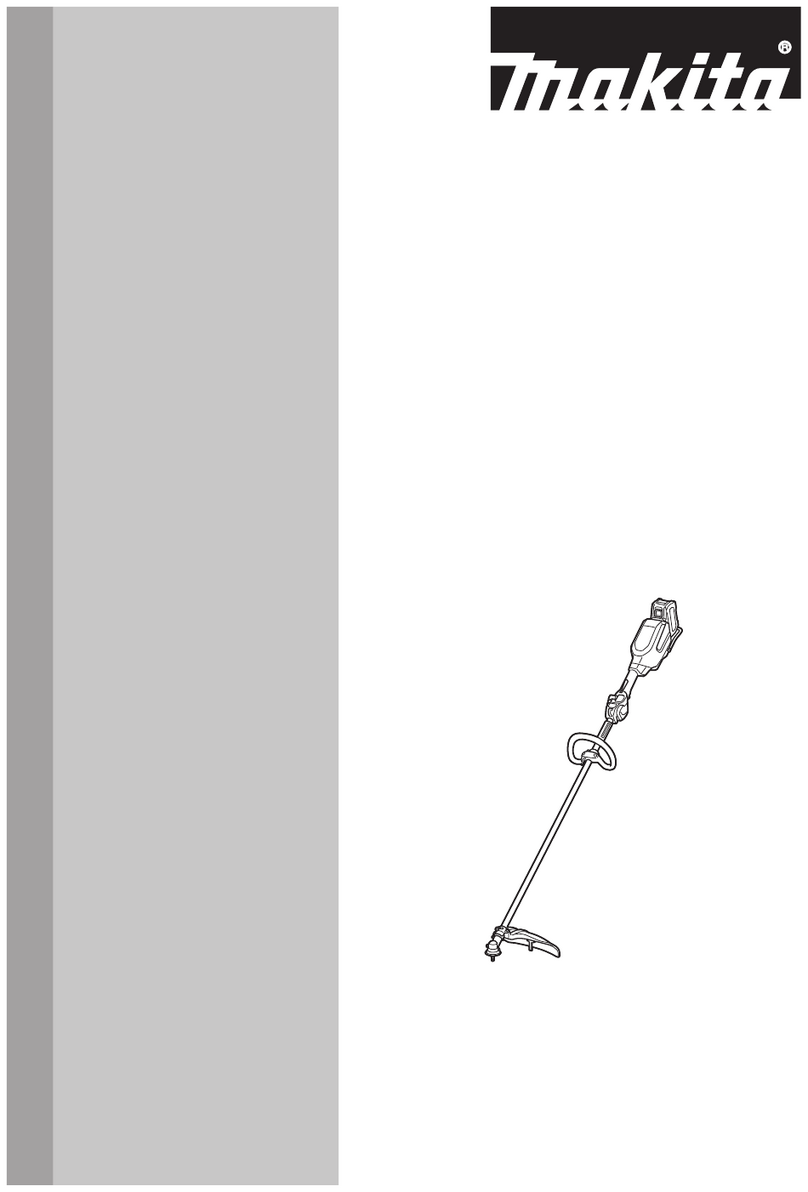
Makita
Makita GRU07T User manual
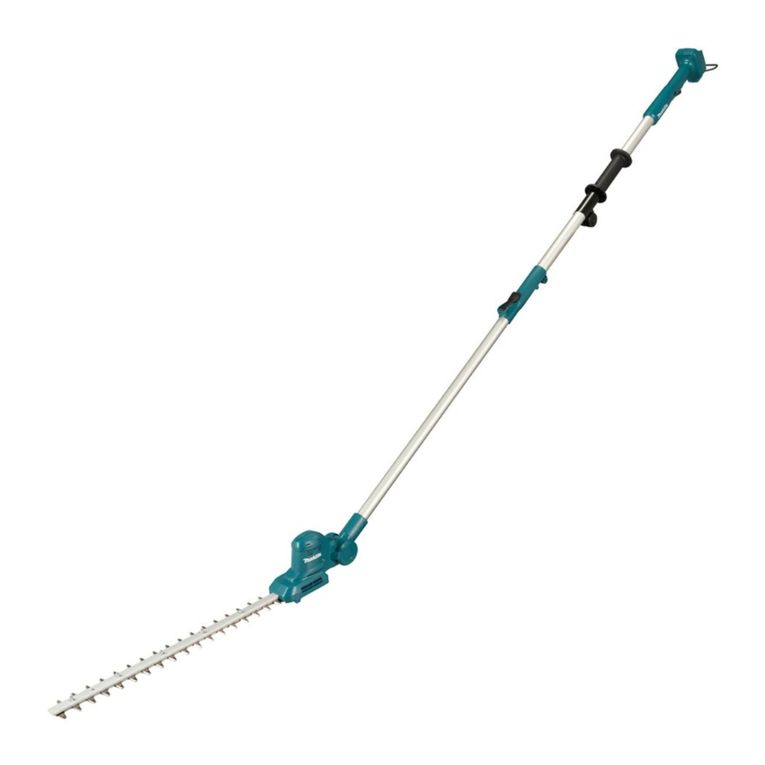
Makita
Makita DUN461W User manual
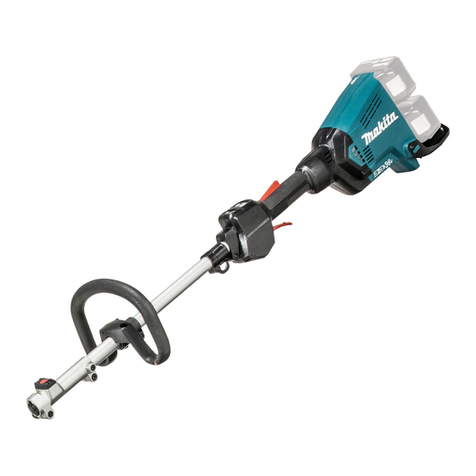
Makita
Makita DUX60 User manual
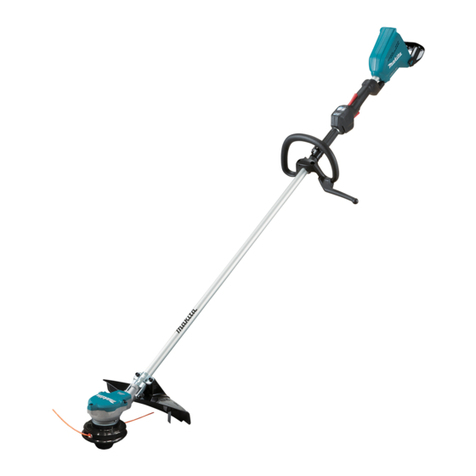
Makita
Makita DUR368L User manual
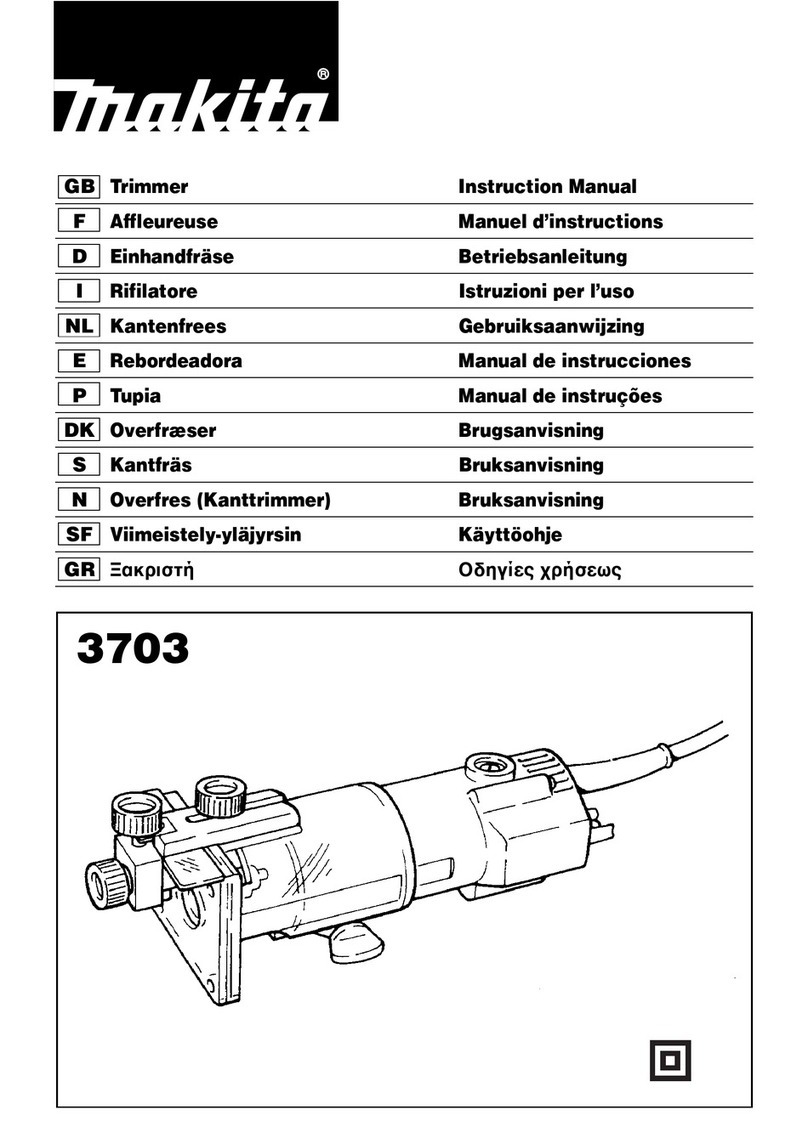
Makita
Makita 3703 User manual

Makita
Makita DUH604S User manual
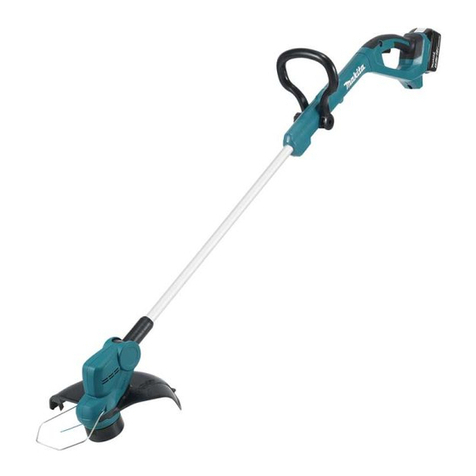
Makita
Makita DUR193 User manual

Makita
Makita UH013G User manual
